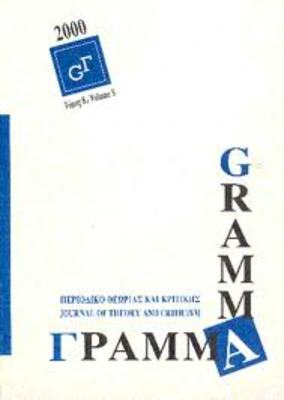Verbal-visual-virtual : a MUDdy history
Part of : Γράμμα : περιοδικό θεωρίας και κριτικής ; Vol.7, No.1, 1999, pages 73-90
Issue:
Pages:
73-90
Parallel Title:
Λεκτικό - οπτικό - δυνητικό : η ιστορία των MUD
Author:
Abstract:
According to Manuel Castels we have recently entered the era of Global Networks, in which Culture refers to Culture and Nature is left out of the equation. This paper argues that MUDs (a term used generically to include also MOOs, MUSHes, MUCKs etc.) are one of the symptoms of this new era, as well as an ideal microterrain for its study. MUDs are communities on line, containing bots (agents and programmed personalities) and avatars (constructed digital personalities that mask other players) and they are laid out along spatial principles, making the “map” of the world a crucial part of its structure. MUDs can be text-based, 2-D or 3-D virtual environments. This paper focuses on text-based MUDs and begins by tracing their history, from the intertextual relationship of the fantasy worlds of Lewis and Tolkien with the board game “Dungeons and Dragons”, to the first on-line MUDs of the late 1970s and early 1980s. Particular attention is paid to the LPMUD called Angalon, examining its avatar creation, bots, quests, navigation of the MUD space, as well as to the various ways that this space has been described by theorists like Aarseth, Landow and Murray. MUDs are a unique form of narrative because of the fluid nature of the existents and the fixed nature of the processes, which are a result of an interactive, modular plot construction. Players are not co-authors, unless they are also wizards. If we think of actual MUDplay as diegetic, and other aspects of MUDding, such as creating avatars and calculating hitpoints, as non-diegetic, we can productively apply theories of levels of narration, such as Branigan’s, to interactive fiction.
Subject:
Subject (LC):
Keywords:
παιχνίδια
Notes:
Περιέχει σημειώσεις και βιβλιογραφία




